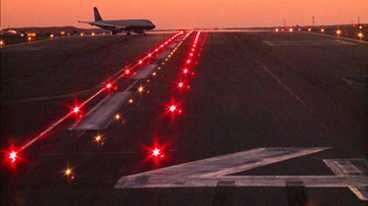Six MIT technologies — five of which come from MIT's Lincoln Laboratory — were named 2010 recipients of R&D 100 Awards. These awards are given annually by R&D Magazine, an internationally respected journal providing news and technical articles to research scientists and engineers.
Previous R&D 100 award winners, which have included large companies, start-ups, universities and government laboratories, span a broad range of applied research: fax machines, liquid crystal displays, antilock brakes and the artificial retina.
This year's winners from MIT include:
Previous R&D 100 award winners, which have included large companies, start-ups, universities and government laboratories, span a broad range of applied research: fax machines, liquid crystal displays, antilock brakes and the artificial retina.
This year's winners from MIT include:
- Geiger-Mode Avalanche Photodiode Detector Focal-Plane Arrays — a two-dimensional array of ultrasensitive solid-state photodetectors, each of which can measure the arrival time of single photons;
- Subwavelength-Separated Superconducting Nanowire Single-Photon Detector Arrays — a component in an optical detection system that enables broadband single-photon detection with high efficiency and low noise at rates exceeding one billion photons per second;
- Digital-Pixel Focal-Plane Array — a complementary metal-oxide semiconductor readout-integrated circuit for infrared imaging. Fast on-chip processing provides an extreme dynamic range from a minimally sized package;
- Runway Status Lights — a system integrating data from airport surveillance sources to control in-pavement lights that directly alert pilots to potential runway incursions
- Miniaturized Radio-Frequency Four-Channel Receiver — the smallest, least-power-demanding receiver that can detect frequencies over a six-octave range;
- The Leveraged Freedom Chair — an affordable wheelchair that can carry users comfortably and efficiently off-road, but is also small and maneuverable enough to use indoors.






